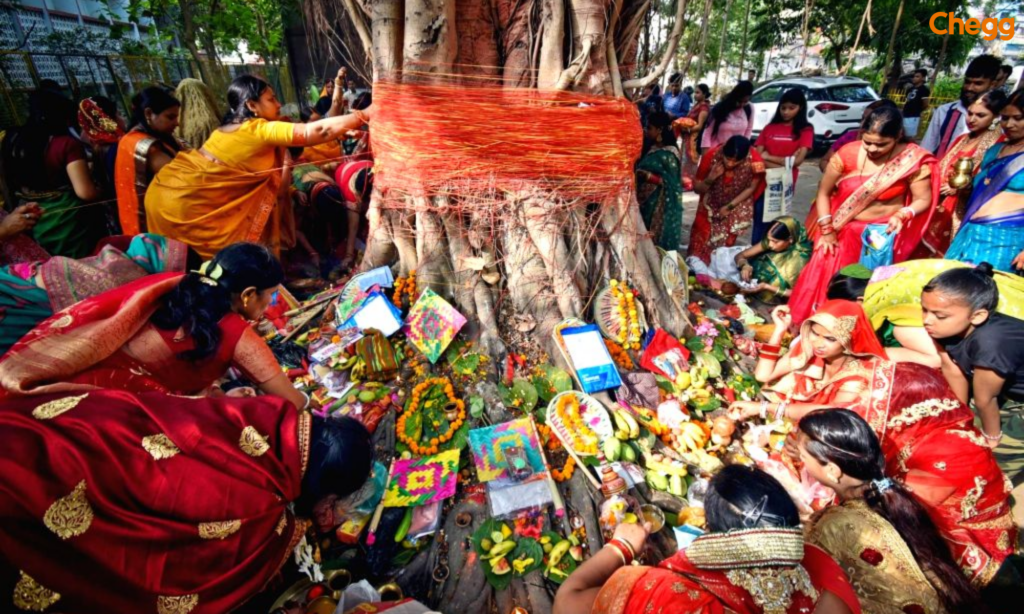The Spiritual and Cultural Role of Banyan Trees in India

The banyan tree is not merely a magnificent natural structure but a profound spiritual symbol deeply woven into the fabric of Indian culture and religious beliefs. Revered across Hinduism, Jainism, and Buddhism, the banyan tree holds a unique position as a divine entity and a symbol of the eternal cycle of life, immortality, and wisdom.
In Hinduism, the banyan tree is considered sacred and is believed to be the abode of Lord Vishnu, the protector of the universe. The tree’s expansive canopy, with its roots reaching down to form new trunks, is seen as a symbol of the divine’s eternal presence, connecting the heavens, earth, and the underworld. According to ancient texts, the banyan tree represents the interconnectedness of all life—each branch, root, and leaf intricately linked, just as all beings are connected in the great web of creation.
The tree’s longevity is particularly significant in spiritual terms. In many Hindu traditions, the banyan tree symbolizes immortality. Its ability to thrive for hundreds of years, with new roots sprouting from its branches to form additional trunks, reflects the cyclical nature of life, death, and rebirth. It is a powerful reminder that life is continuous, ever-changing, and yet eternal. Under the shade of this sacred tree, people often gather to meditate, pray, and seek divine blessings, as it is believed to possess spiritual energy that promotes peace, prosperity, and enlightenment.
Moreover, the banyan tree is a symbol of wisdom and knowledge. In Hindu mythology, the tree is said to be where great sages and saints meditate, contemplating divine wisdom. It is said that Lord Shiva himself, in his form as the divine teacher, often sits beneath the banyan tree to impart knowledge to his disciples. The symbolism of the banyan tree as a source of wisdom resonates with those seeking to deepen their spiritual practice and understanding of the universe.
In addition to its connection to Lord Vishnu, the banyan tree is linked to other deities in various regions of India. In some traditions, it is associated with Lord Brahma, the creator, and is seen as a source of creation and life. In Jainism, the banyan tree is believed to represent the concept of “Tirthankaras” or spiritual guides who lead others towards liberation. The tree’s vast roots also symbolize the deep spiritual roots of existence, grounding individuals in the wisdom of ancient teachings.
The banyan tree’s spiritual role extends to the concept of unity and family. Its wide branches, which reach out to touch the ground and form new trunks, are often seen as a metaphor for the interconnectedness of families and communities. The banyan is also revered for offering shelter and protection, both physically and spiritually. People often gather around the tree for important life events, from weddings to community meetings, using the sacred space as a center for connection and reflection.
In modern India, despite the challenges of urbanization and environmental change, the banyan tree continues to be a revered symbol of spirituality. It stands as a reminder to reconnect with nature, to seek inner peace, and to understand our place in the greater cosmic order. For many, the banyan tree offers not just physical shade, but spiritual solace—an embodiment of life’s continuity, the divine wisdom that guides us, and the protection and peace that nature bestows upon us.
Lessons:
- The banyan tree teaches us the interconnectedness of all beings and the eternal cycle of life.
- It symbolizes immortality, encouraging us to reflect on life beyond material existence.
- The tree is a source of wisdom, guiding those who seek spiritual knowledge and understanding.
- The banyan tree embodies the concept of unity and community, offering shelter and protection.
- It reminds us of the importance of connecting with nature for spiritual growth and inner peace.










